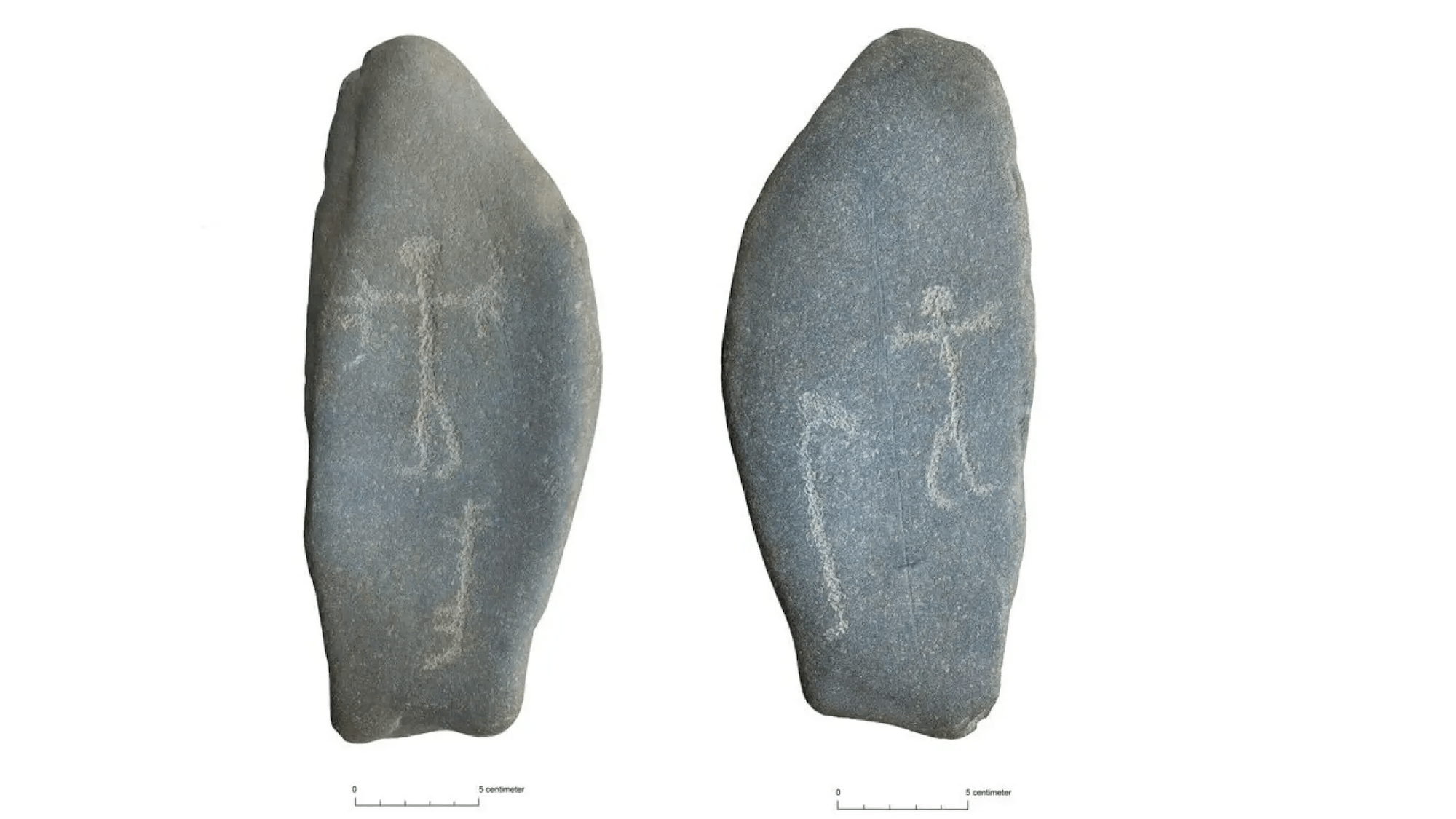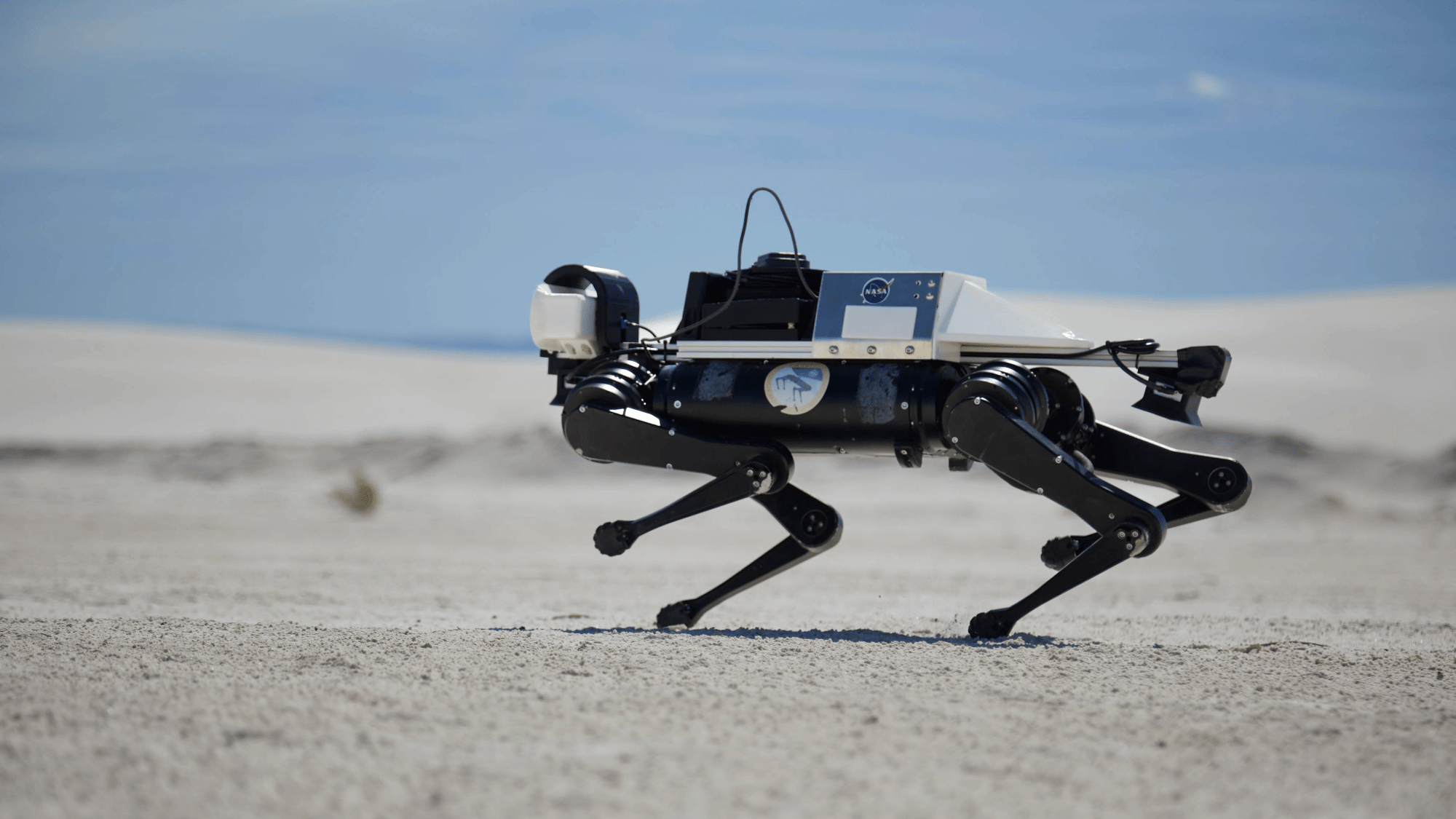Now Reading: Ancient Cult Site Discovered Near Norwegian Highway
-
01
Ancient Cult Site Discovered Near Norwegian Highway
Ancient Cult Site Discovered Near Norwegian Highway

Quick Summary
- archaeologists in Norway uncovered a 3,000-year-old ritualistic cult site during a highway expansion project.
- The findings include two moderately sized longhouses (33-39 feet in length), a burial cairn with charred human remains, cooking pits, and bronze-making evidence.
- Numerous individual stones carved with artwork (footprints, boats, human figures) were discovered; they appear to be portable relics rather than traditional rock art etched into bedrock.
- The site housed no evidence of permanent settlements, suggesting it served a spiritual or communal function instead of being residential.
- Radiocarbon dating places the bones between 1000 and 800 BCE near the time of a critically important mudslide that likely inundated the gaudal river valley around 800 CE.
- Researchers are continuing excavations close to the location but have yet to find exceptional discoveries linked to permanent habitation.
Source Image: Carved stone artifact
Source Image: Aerial view of dig site
Source Image: Burial cairn excavation
Indian Opinion Analysis
The discovery highlights archaeological practices that seek insight into ancient cultural practices under growing urban development pressures worldwide. For India-possessing rich heritage sites now juxtaposed against increasing infrastructure projects-this example underscores how thorough planning and surveys can preserve invaluable historical records without impeding progress.
The emphasis on portable relics serves as a unique lens for understanding spiritual functions versus settled cultures in ancient times-a perspective relevant for India’s diverse historical contexts ranging between nomadic rituals and monumental architecture like temples or stupas.
India could draw critically important lessons about balancing heritage conservation while addressing modernization challenges akin to this Norwegian case study’s ethical excavation approach near highways-a practical archetype for sustainable coexistence between cultural preservation and infrastructure growth.



























